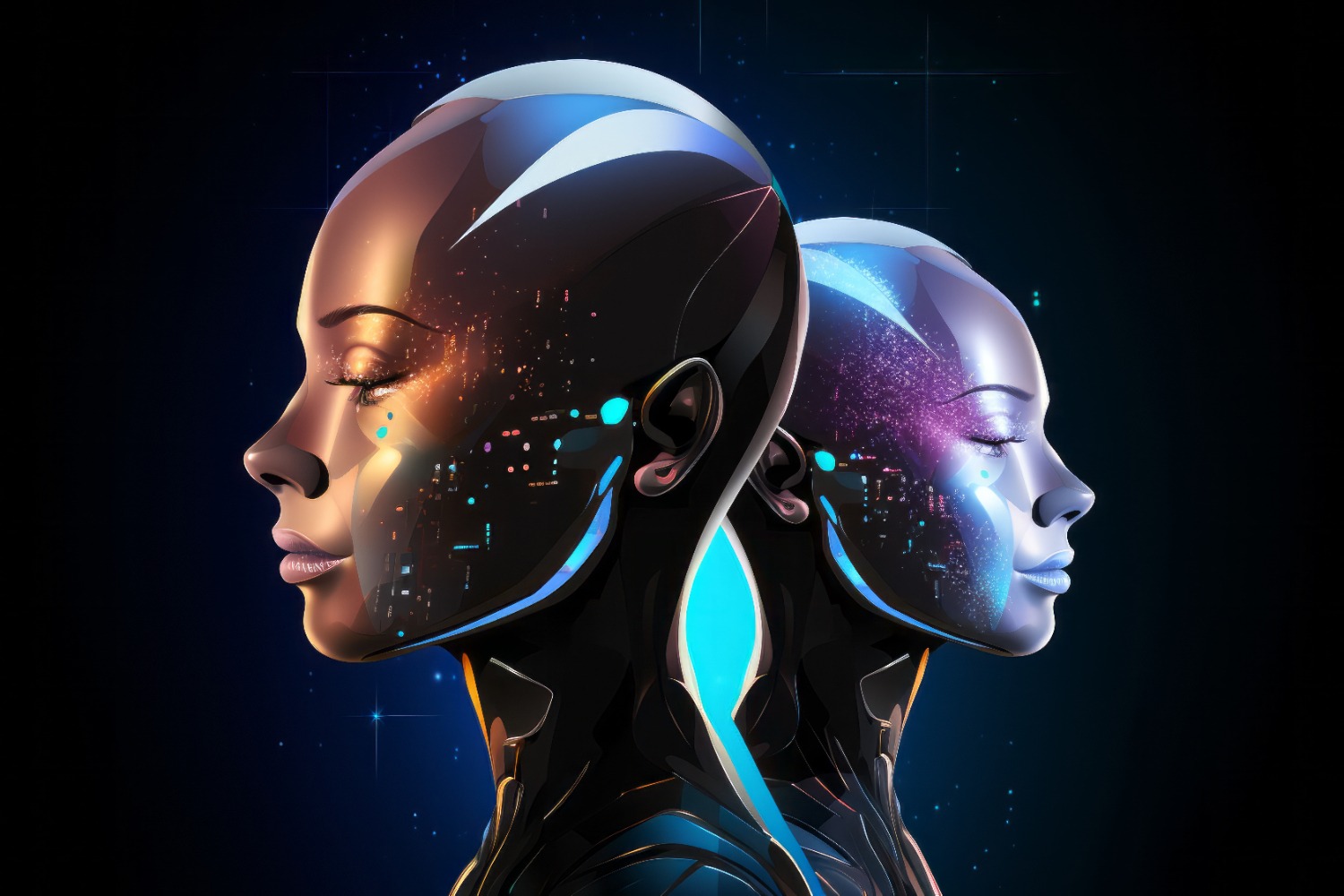Scaling AI Models Opportunities and Challenges in the Age of OpenAI O3
OpenAI’s latest update, referred to as O3, highlights the transformative potential of scaling AI models while also shedding light on the increasing challenges, particularly the escalating costs associated with these advancements. Here’s an in-depth look at what O3 reveals about the future of AI scalability and sustainability.
The Scaling Revolution
AI models have grown exponentially in size and capability over the past decade. OpenAI’s O3 emphasizes a shift from traditional scaling methods to more innovative approaches that prioritize efficiency and performance. Key trends include:
- Parameter Optimization: Instead of merely increasing the number of parameters in a model, O3 suggests optimizing their use through smarter architectures and algorithms.
- Cross-Domain Learning: By leveraging data and knowledge from multiple domains, AI models are becoming more versatile, capable of tackling tasks that were previously siloed.
- Hardware and Software Synergy: Advances in hardware, such as GPUs and TPUs, combined with software optimizations, are enabling models to achieve greater results without proportional increases in computational demands.
The Cost of Scaling
While these innovations are promising, they come with significant financial and environmental costs. O3 points to three critical areas where costs are growing:
- Computational Expenses: Training cutting-edge AI models requires immense computational power. Companies are spending millions of dollars on state-of-the-art infrastructure to support these endeavors.
- Energy Consumption: The environmental impact of large-scale AI training is a growing concern. OpenAI has acknowledged the need for more sustainable practices to reduce carbon footprints.
- Data Acquisition and Management: As models become more complex, they require vast amounts of high-quality data, which can be expensive to acquire and manage.
Balancing Innovation with Sustainability
OpenAI’s O3 doesn’t just highlight the challenges — it offers a roadmap for balancing innovation with sustainability. Strategies include:
- Efficient Training Techniques: Techniques such as fine-tuning and transfer learning are helping reduce the computational load by reusing pre-trained models for new tasks.
- Collaboration and Open Research: Sharing resources and collaborating across organizations can help distribute costs and accelerate innovation.
- Investment in Renewable Energy: Many AI companies, including OpenAI, are exploring renewable energy sources to power their operations and mitigate environmental impact.
Implications for the Industry
The insights from O3 signal a pivotal moment for the AI industry. While scaling AI models opens doors to unprecedented possibilities, it also demands a reevaluation of resource allocation and sustainability practices. Companies will need to strike a balance between pushing the boundaries of what AI can achieve and ensuring that their approaches are economically and environmentally viable.
The Road Ahead
OpenAI’s O3 underscores a critical reality: the journey of scaling AI is as much about innovation as it is about responsibility. As AI models continue to redefine industries, organizations must prioritize sustainable practices to ensure long-term success. By addressing the rising costs and environmental concerns, the AI community can chart a path that benefits both technology and society.




